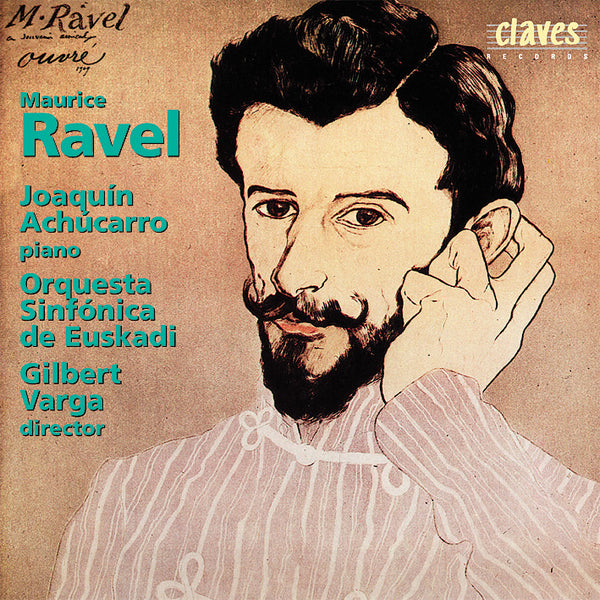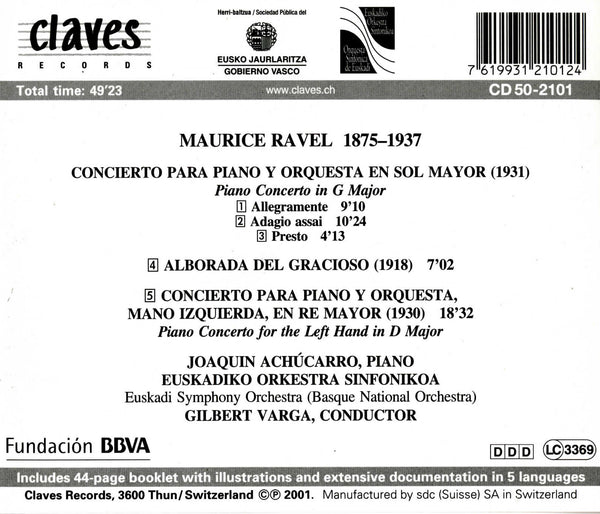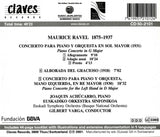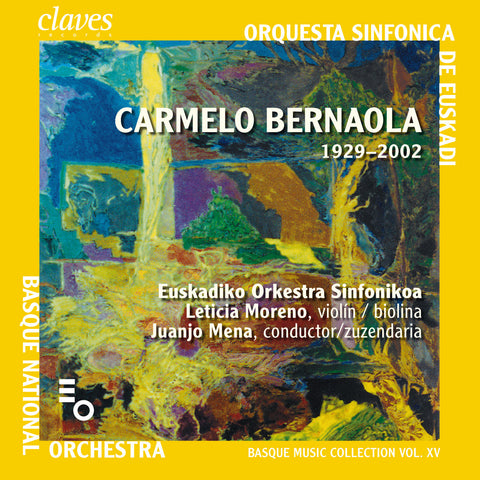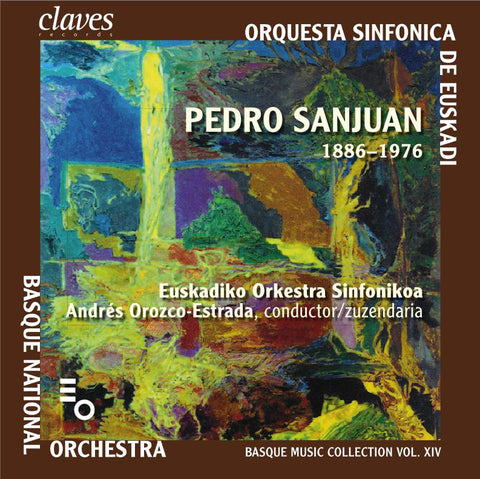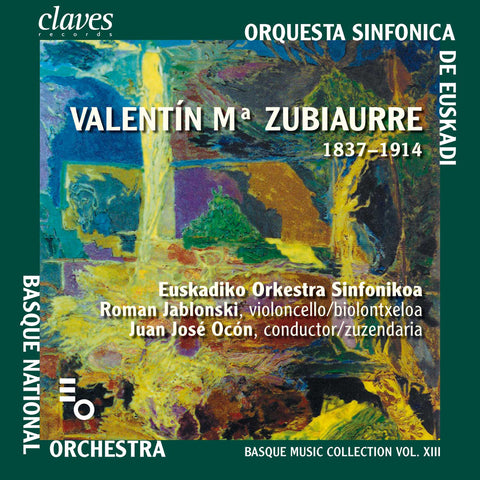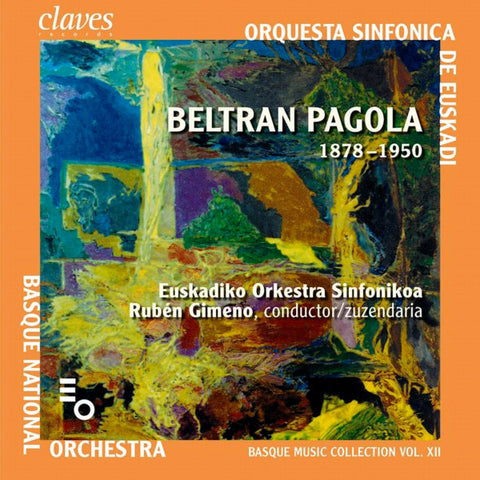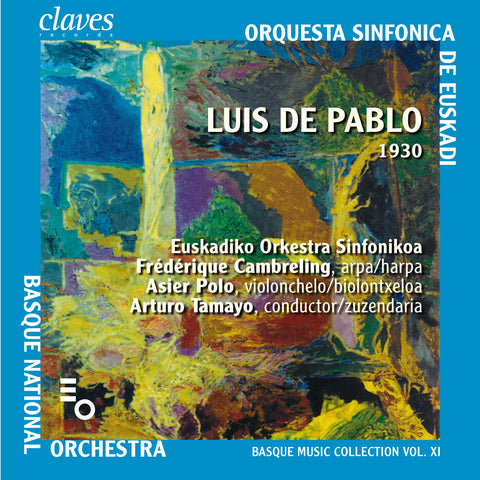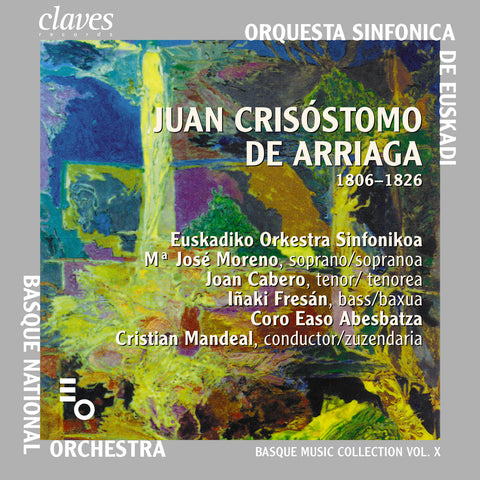(2001) Ravel: Piano Concertos & Alborada del Gracioso
Category(ies): Orchestra Piano
Instrument(s): Piano
Orchestra: Euskadiko Orkestra Sinfonikoa
CD set: 1
Catalog N°:
CD 2101
Release: 2001
EAN/UPC: 7619931210124
- UPC: 829410507264
This album is now on repressing. Pre-order it at a special price now.
CHF 18.50
This album is no longer available on CD.
This album has not been released yet. Pre-order it from now.
CHF 18.50
This album is no longer available on CD.
CHF 18.50
VAT included for Switzerland & UE
Free shipping
This album is no longer available on CD.
VAT included for Switzerland & UE
Free shipping
This album is now on repressing. Pre-order it at a special price now.
CHF 18.50
This album is no longer available on CD.
This album has not been released yet.
Pre-order it at a special price now.
CHF 18.50
This album is no longer available on CD.
CHF 18.50
This album is no longer available on CD.
RAVEL: PIANO CONCERTOS & ALBORADA DEL GRACIOSO
A whole series of factors came together to make this recording an unforgettable experience for everyone involved. The project was born in May 2000 during a tour of South America. The orchestra, conducted by Gilbert Varga and featuring pianist Joaquín Achucarro, had performed works by Ravel to great acclaim from audiences in Chile and Argentina. This led to the idea of recording three works by this universal composer, whose Basque roots are undeniable.
Ravel was born in Ciboure in 1875. His father was of Swiss descent, which explains why Stravinsky called the composer “the Swiss watchmaker” whenever he spoke of Ravel's highly complex compositional style and attention to the smallest detail. His mother was Basque. She was born on the French Basque coast in St-Jean-de-Luz, where Ravel often spent his summer vacations. He made many excursions throughout the Basque country, learning its language, which he continued to practice throughout his life.
The Concerto in G major is probably the work Ravel worked on longest. In 1911, he was already well advanced in writing this concerto, which had a Basque title, but then abandoned the project, only to revive the idea following a tour of South America. He completed it in 1931, and the concerto was premiered on May 14, 1932 at the Salle Pleyel in Paris to an enthusiastic audience. According to Ravel, his models were Mozart and Saint-Saëns. This three-movement concerto demonstrates great academic virtuosity, combining three elements: the circus, Spanish music and, of course, jazz.
The Concerto for the Left Hand was commissioned by Austrian pianist Paul Wittgenstein, who had lost his right arm in the war. Wittgenstein premiered this rhapsodic concerto - a complex and grandiose work if ever there was one - on November 27, 1931 in Vienna.
Alborada del Gracioso begins with guitar plucks, syncopated rhythms and the hemiolas of a colourful Spain.
(2001) Ravel: Piano Concertos & Alborada del Gracioso - CD 2101
A whole series of factors came together to make this recording an unforgettable experience for everyone involved. The project was born in May 2000 during a tour of South America. The orchestra, conducted by Gilbert Varga and featuring pianist Joaquín Achucarro, had performed works by Ravel to great acclaim from audiences in Chile and Argentina. This led to the idea of recording three works by this universal composer, whose Basque roots are undeniable.
Ravel was born in Ciboure in 1875. His father was of Swiss descent, which explains why Stravinsky called the composer “the Swiss watchmaker” whenever he spoke of Ravel's highly complex compositional style and attention to the smallest detail. His mother was Basque. She was born on the French Basque coast in St-Jean-de-Luz, where Ravel often spent his summer vacations. He made many excursions throughout the Basque country, learning its language, which he continued to practice throughout his life.
The Concerto in G major is probably the work Ravel worked on longest. In 1911, he was already well advanced in writing this concerto, which had a Basque title, but then abandoned the project, only to revive the idea following a tour of South America. He completed it in 1931, and the concerto was premiered on May 14, 1932 at the Salle Pleyel in Paris to an enthusiastic audience. According to Ravel, his models were Mozart and Saint-Saëns. This three-movement concerto demonstrates great academic virtuosity, combining three elements: the circus, Spanish music and, of course, jazz.
The Concerto for the Left Hand was commissioned by Austrian pianist Paul Wittgenstein, who had lost his right arm in the war. Wittgenstein premiered this rhapsodic concerto - a complex and grandiose work if ever there was one - on November 27, 1931 in Vienna.
Alborada del Gracioso begins with guitar plucks, syncopated rhythms and the hemiolas of a colourful Spain.
Return to the album | Main Artist: Euskadiko Orkestra Sinfonikoa







